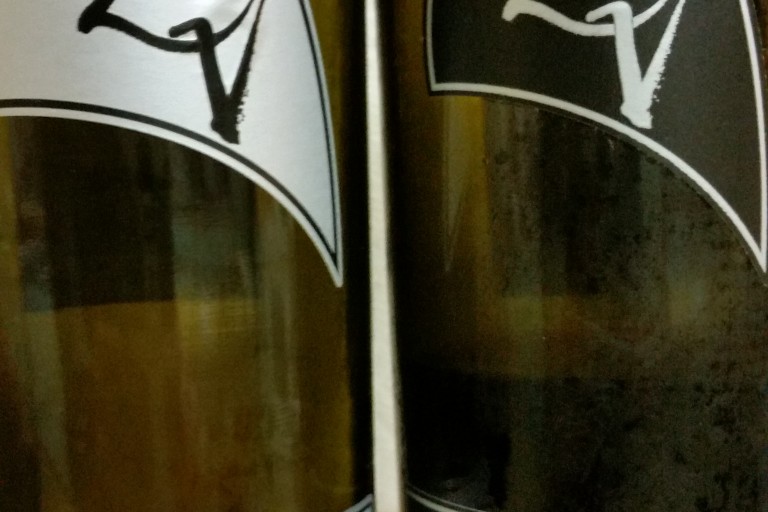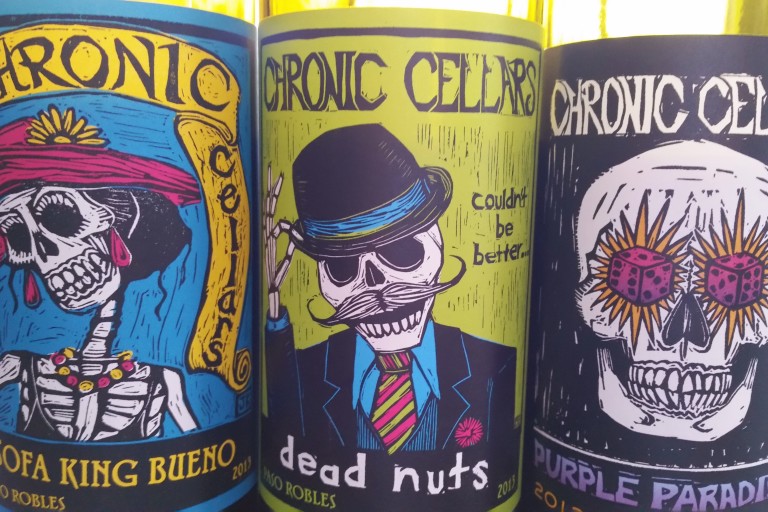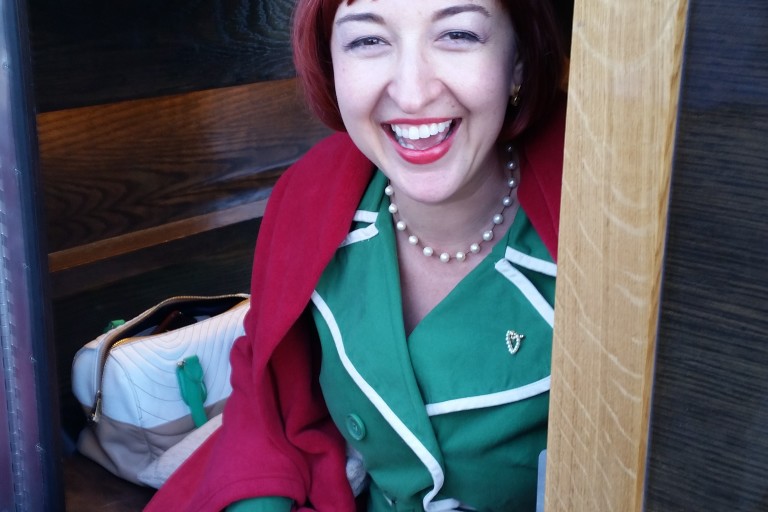Actually, I don’t think about Muscadet wine a lot. I’d rather it simply showed up in a glass so I could just drink it. So when I was given a chance to sample several Muscadets with oysters, of course I said yes. The SecondGlass people combined forces with Loire Valley Wines at a lunch in Boston yesterday, at the Island Creek Oyster Bar.
It’s a medium white wine, ranging from somewhat crisp to a bit fruity — elements in common with chardonnay and sauvignon blanc, meaning it can have tropical fruit, honey or grassy aromas. It’s not super-crisp, but has a strain of limestone citricity (is that a word?) running through it at the best of times, which makes it lively on the palate.
A classic pairing is muscadet and oysters – which really works. It was even more fun to have the Island Creek oysters with three choices for the first course, all in the $12-$14 range: 2009 Guy Saget “Les Clissaes d’Or†Muscadet Sèvre et Maine; 2009 Domaine de la Quilla Muscadet Sèvre et Maine; 2010 Domaine de la Louviere Muscadet Sèvre et Maine sur lie.
“Sur lie†means the wine is left on the lees, or the dregs of the yeast cells and other grape particulate matter – which sounds awful but imparts a depth of flavor to the wine. Until now, it was common to leave the wine on the lies for no longer than a few months. Now, there’s a movement to leave the wine there for 17 months, and new regulations have recently been proposed (expect an update in a year or so).
Muscadet, by the way, refers to an appellation, an area of the Loire region. It’s not a grape, but so many more people know the word muscadet and so few people know the name of this wine’s grape (Melon de Bourgogne) that muscadet is now a stand-in name for the grape.
Three more wines were served with bright green pea soup with poached oysters. These, all under $18, were Michel Delhommeau “Cuvée Harmonie†Muscadet Sèvre et Maine; 2009 Domaine de l’Ecu “Expression de Granite†Muscadet Sèvre et Maine; and 2009 Domaine les Hautes Noëlles Muscadet Côtes de Grandlieu. The best pairings for me were the first and third wines. The Michel Delhommeau started super-crisp, with the flavor almost disappearing on the palate, then finishing with lingering limestone. The Domaine les Hautes Noëlles had a big body that somehow lightened up with the food. Interesting.
For the final course, we had a few beautiful Scituate scallops with a sprinkling of gnocchi in brown butter sauce. The food was minutes old; the wines were at least a decade old. Most people think of Muscadet as a wine to drink young, but they aren’t all like that. We had three – and all were under $25 – each one a different hue of bright gold: 1995 and 1999 L d’Or de Luneau-Papin “Cuvée Medaillée†Muscadet Sèvre et Maine; and 2000 Domaine du Haut Bourg Muscadet Côtes de Grandlieu.
The 2000 Domaine du Haut Bourg was a combination of youth and evolution with a cantaloupe nose, crispness, chalk and limestone throughout. The 1995 was calm and serene, with butter and vanilla-yeast notes, while the 1999 was hearty, reminiscent of wet beaches on the nose, and a big, long finish. Each one brought out different notes in the food.
I guess that means I need to keep trying more Muscadets. It shouldn’t be too difficult. At least in Boston the whole month is Muscadet May.


